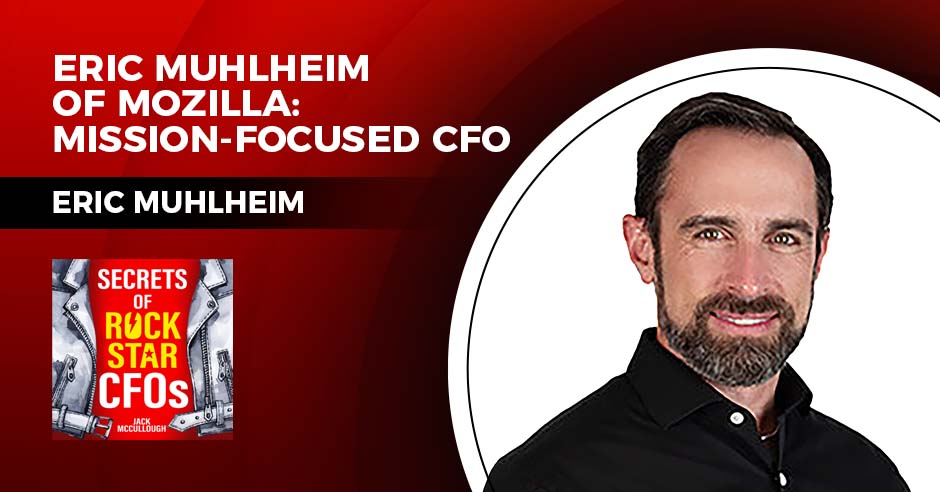After receiving and considering more than 24,000 comments on its proposed rules, last month the SEC adopted its long-awaited and controversial final rules surrounding the disclosures of certain climate-related information in registration statements and annual reports.
However, despite the SEC scaling back requirements in many areas that it had originally planned to include when it first announced the guidance over two years ago—including Scope 3 reporting—the rule now faces another delay in implementation as the SEC prepares to defend it against a series of legal challenges. This has left many organizations and CFOs to shelve their own reviews of the rule until it has winded its way through the courts. That could be both a serious mistake and a missed opportunity.
Many (larger) companies are already voluntarily providing climate-related information based on demands from investors. The SEC’s new rules intend to meet investor demands for more comprehensive and complete data on emissions and risks than companies currently include in their sustainability reports, which are often difficult to verify. Moreover, given environmental legislation is likely to become more stringent in other jurisdictions—such as in Europe and California—even if the SEC rule does not go into effect when initially planned, financial leaders are best served to evaluate its requirements and gauge the sophistication of their reporting capabilities ahead of what they are likely to face down the road from the SEC or regulations in other jurisdictions where their organizations conduct business.
With that, below are the key aspects from the current SEC rules that businesses should heed carefully as they assess the current climate reporting landscape and horizon.
Overview of New Disclosure Requirements
Disclosures outside of the financial statements (new subpart 1500 of Regulation S-K)
- Governance and oversight of material climate-related risks.
- The material impact of climate risks on the company’s strategy, business model and outlook.
- Risk management processes for material climate-related risks.
- Material climate targets and goals.
- Material Scope 1 and Scope 2 Greenhouse Gas (GHG) emissions, subject to assurance requirements that will be phased in. Required for large accelerated filers (LAFs) and accelerated filers (AFs).
Disclosures in the footnotes to the financial statements (new Article 14 of Regulation S-X)
- Disaggregation of capitalized costs and charges, expenditures expensed and losses incurred as a result of severe weather events and other natural conditions, subject to applicable 1 percent and de minimis disclosure thresholds.
- Capitalized costs and charges, expenditures expensed and losses related to carbon offsets and renewable energy credits or certificates (RECs), including a roll forward, if used as a material component of a registrants plans to achieve its disclosed climate-related targets or goals. The final rule also requires a registrant to state its accounting policy.
- If the estimates and assumptions a registrant uses to produce the financial statements were materially impacted by risks and uncertainties associated with severe weather events and other natural conditions or any disclosed climate-related targets or transition plans, a qualitative description of how the development of such estimates and assumptions were impacted. Examples of financial statement estimates may include salvage value of assets, useful life of assets, projected financial information used in impairment calculations, loss contingencies, reserves, estimated credit risks or fair value measurements.
Five Key Takeaways
Currently, the SEC’s final rules are more lenient than the proposed rules, and companies now have more clarity on the reporting requirements. If CFOs take nothing else away from the recently finalized climate-related disclosure rules, they should review these details to prepare their business and understand the stipulated reporting obligations.
The rules apply to all SEC registrants, including smaller reporting companies (SRC) and emerging growth companies (EGC). This includes domestic and foreign filers under U.S. GAAP or International Financial Reporting Standards governance. SRCs and EGCs are not required to provide GHG emissions disclosures.
In the final rules, GHG emissions disclosure requirements were significantly pared back, with the most glaring difference being that disclosures on Scope 3 emissions are not required for any company. LAFs and AFs must provide disclosures and assurance on their Scope 1 and Scope 2 emissions if determined to be material to the company. The term “material” is critical and is a recurring theme throughout the final rules.
The definition of materiality is consistent with the traditional notion of whether there is “a substantial likelihood that a reasonable investor would consider it important when determining whether to buy or sell securities or how to vote or such a reasonable investor would view omission of the disclosure as having significantly altered the total mix of information made available.” The materiality determination is fact-specific and requires both quantitative and qualitative considerations.
All climate-related disclosures must meet Sarbanes-Oxley compliance requirements. Financial and nonfinancial disclosures will be subject to principal executive officer and principal financial officer certification regarding maintenance and effectiveness of disclosure controls and procedures (DCP). Financial statement disclosures will be governed under the registrant’s internal controls over financial reporting.
The SEC’s final rules are different from those recently adopted in Europe (Corporate Sustainability Reporting Directive) and California (Senate Bills 253 and 261), and those currently being considered in other jurisdictions. The biggest differences being reporting requirements on Scope 3 emissions, risks related to the entity’s value chain and the definition of materiality.
Next Steps for CFOs
Now that the rules have been laid out, businesses and more specifically their CFOs need to grasp this opportunity to read and understand the rules and how they may be impacted. Yes, the rules are facing legal and political opposition, but it is crucial to focus on the rules’ potential impact to their business.
Implementing procedures to capture relevant data and properly report will take time and ignoring these final rules will cause significant setbacks. Many companies will be subject to multiple sustainability reporting requirements from various regulatory authorities. Whether the SEC, CSRD, ISSB, California or another acronym, understanding differences and redundancies between governing bodies will make it easier to ensure compliance.
Once they understand the rules, CFOs can begin to look within their organization to assess internal controls over sustainability reporting and identify which data they can readily produce. Data will be required from various departments and new technology solutions may be needed to aggregate specific data. There may also be a need for additional resources to help identify climate-related risks and prepare the required disclosures. Disclosure controls and procedures should be outlined and ready to be finalized so that they can be quickly put in place when the rules snap into effect.
Start planning as soon as possible. CFOs will need to establish a cross-functional team and will require input from a collection of departments outside of finance. They will likely need guidance on what disclosures are considered material and how they should be presented in filings with the SEC and, as applicable, reports required in other jurisdictions. This will require expertise from legal advisors, external auditors, the compliance department or other external consultants as needed.







